HBO has promoted House of the Dragon as a prequel series that takes you 200 years before the events of Game of Thrones. But despite the reign of House Targaryen taking the centerstage of this new conflict, it seems like A Song of Ice and Fire creator George R.R. Martin wishes for the spinoff show to tie into the White Walkers, the saga’s overarching villains.
At the end of the first episode, “The Heirs of the Dragon,” King Viserys I invites his daughter Rhaenyra, now his unrivaled heir, to the nethermost reaches of the Red Keep where the skull of Balerion the Black Dread — Aegon the Conqueror’s dragon — is kept. Once there, Viserys passes on the message that each Targaryen king in history has revealed to their descendants, what Viserys deems to be even more important than the rule of the Iron Throne.
The message underpins a prophetic vision that Aegon had before he invaded Westeros with his sisters, a vision of doom that would befall the Seven Kingdoms as it once did Valyria. And that vision appears to be hinting, in no uncertain terms, at the onslaught of the Night King and his army of White Walkers and Wights in the main book series/television show.
The prophecy in question had long been a popular fan theory within the Song of Ice and Fire community, with many believing that Aegon attacked Westeros not out of ambition, but necessity, thinking that only a united realm with the Targaryens and their dragons at its helm would be able to challenge the Long Night. House of the Dragon has all but confirmed this speculation, revealing that Aegon indeed knew about the Long Night as Daenys Targaryen, their ancestor, knew about the fall of Valyria.
According to the spinoff series, the Targaryen monarchs collectively refer to these prophetic dooms as the Song of Ice and Fire, because as volcanic eruptions destroyed the Valyrian civilizations a few generations before, so will an ice age wind through the Seven Kingdoms when the White Walkers (or Others, as they’re referred to in the books) cross the Wall to the north.
What’s more, this won’t be the first Long Night in recorded history. As explained in another article, some 8,000 years before the events of A Game of Thrones, the Children of the Forest and the First Men united after generations of conflict to fight the advance of the Others. Eventually, the peoples of Westeros managed to drive the Night King and his horde back, erecting a giant wall that would bar his return.
The prophecy of the dragonriders coincides with many other visions seen through the course of the books. It is known that many Targaryens have “dragon dreams,” allowing them to see into the future. Daenys had this ability, and according to what House of the Dragon has just revealed, so did Aegon the Conqueror. In A Song of Ice and Fire books, several characters — chief among them Brandon Stark — come across these prophecies and visions. Even before him, another person who is believed to have been obsessed with them was Rhaegar Targaryen, Jon Snow’s father, who, upon reading about the Long Night and the prophecy of “The Prince That Was Promised,” thought that he himself was the Targaryen heir to unite the land and become Azor Ahai, what the red priestesses call the hero of ages.
Some time later, Rhaegar came to believe that his son Aegon would be the one to become the Prince That Was Promised, but alas, both of them died in the course of Robert’s Rebellion. That led many fans to believe Jon Snow was the prophesied Azor Ahai, but with the protagonist’s role basically being reduced to a screaming match with an undead dragon in the final season of Game of Thrones and asserting time and again that Daenerys is his queen, the matter of the prophecy — that of the Prince Who Was Promised, and the Targaryens playing a significant role in the conflict — has diminished significantly.
It’s still unclear what George R.R. Martin wishes to accomplish by bringing the Targaryens into this again, but one reasonable conclusion is that the creator might be setting up his final two books in the saga, which will not only deviate rather vehemently from the HBO adaptation, but are also expected to address these prophecies to some degree.
In fact, it wouldn’t be a stretch to imagine the book Jon Snow accepting his true heritage and wielding Lightbringer, the sword of Azor Ahai, in the struggle against the Night King. If the last two books ever come out, that is.

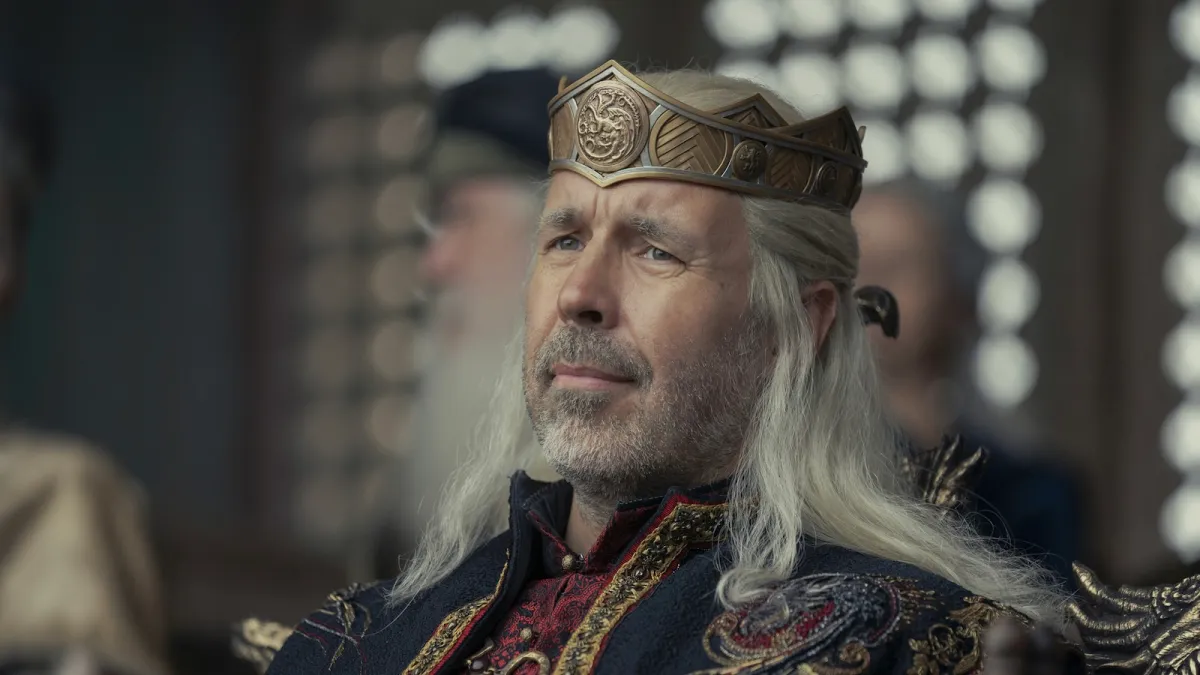
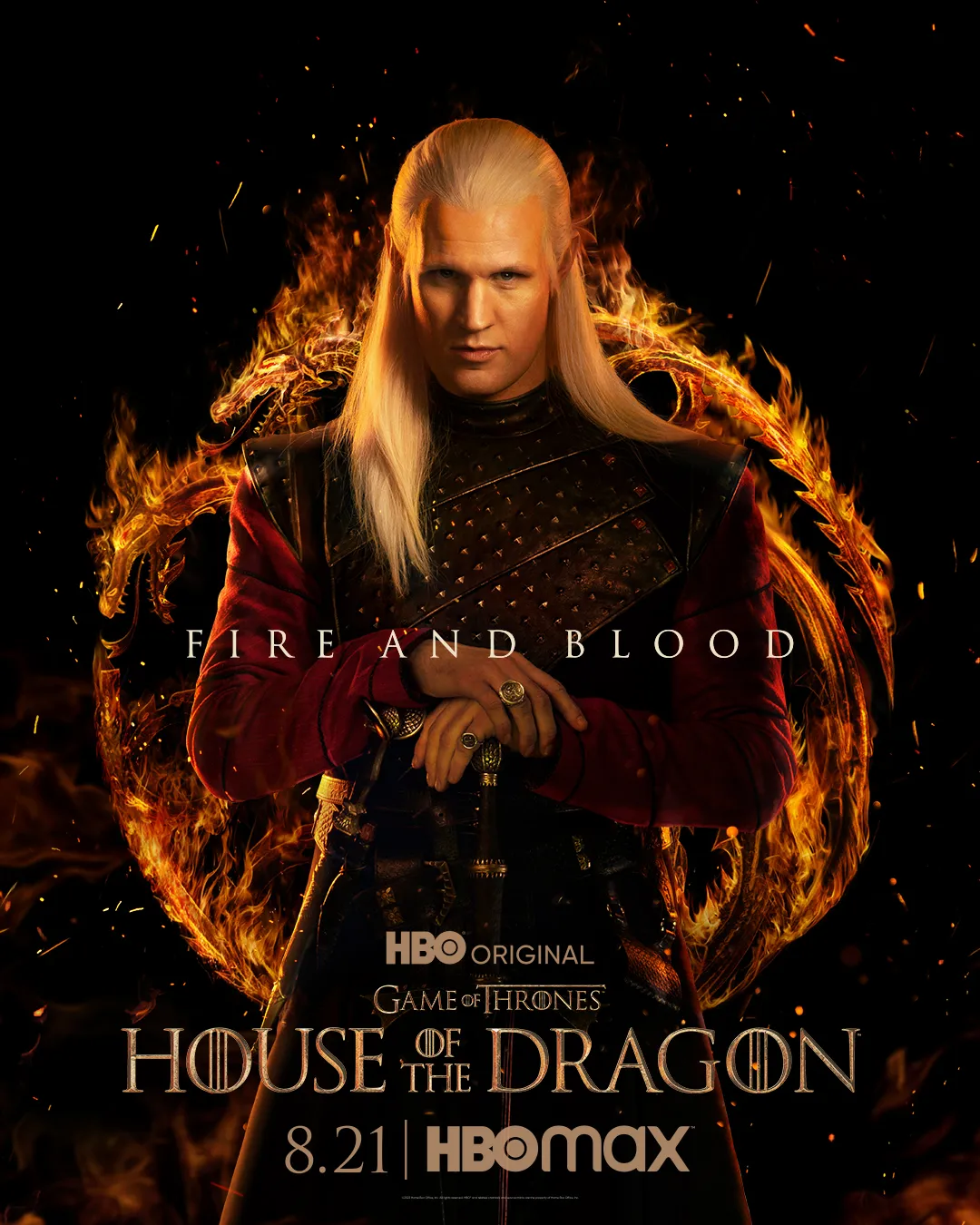

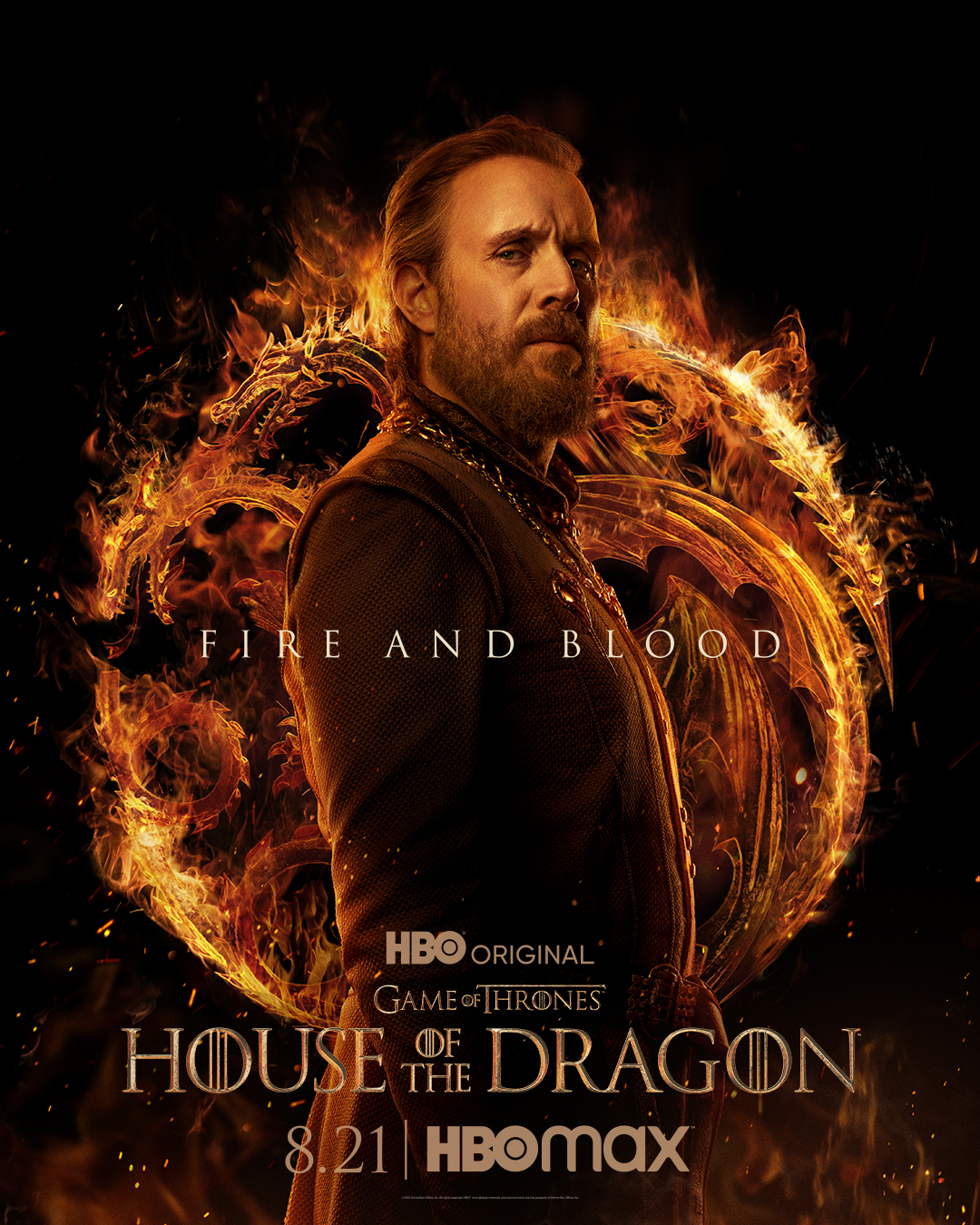
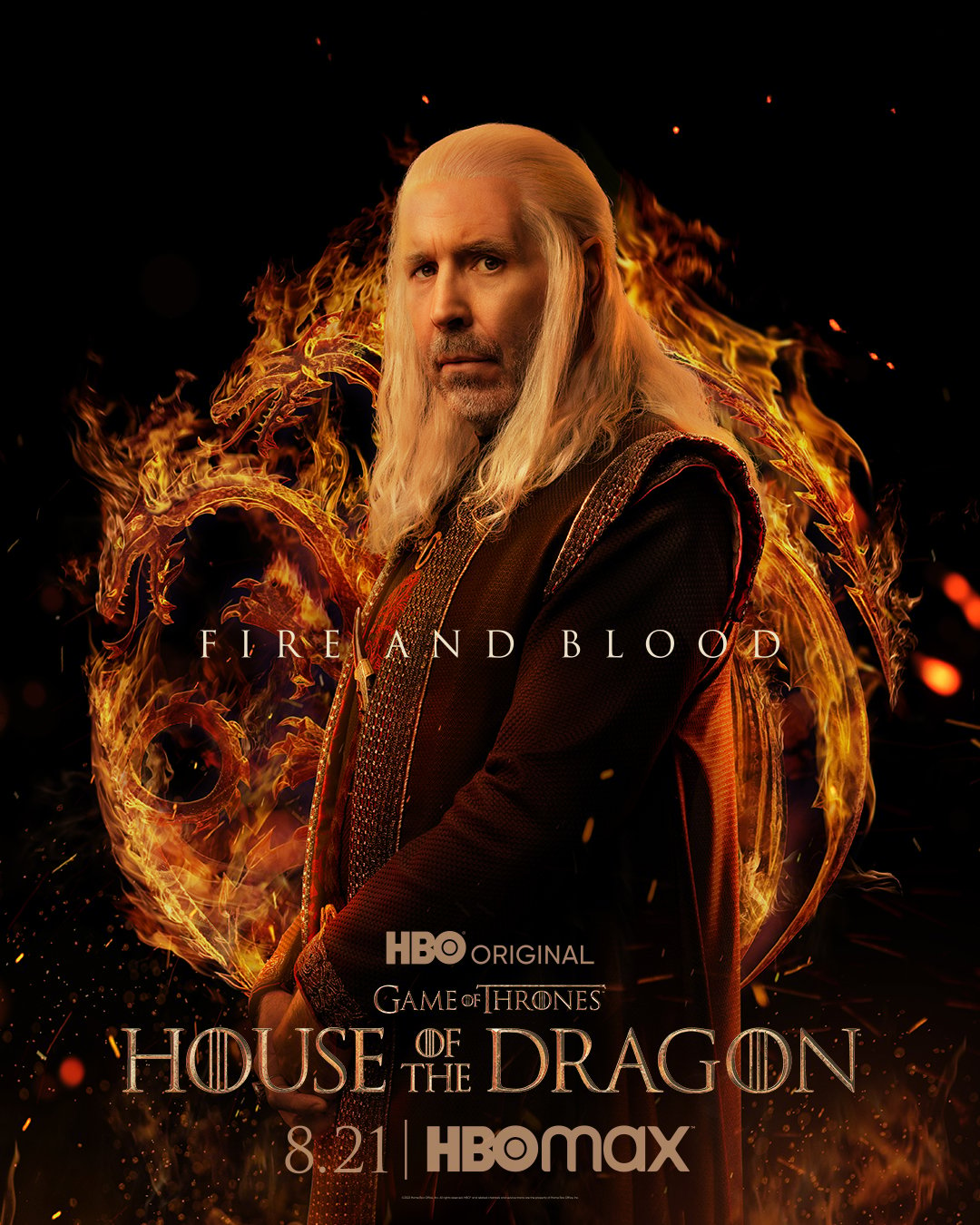
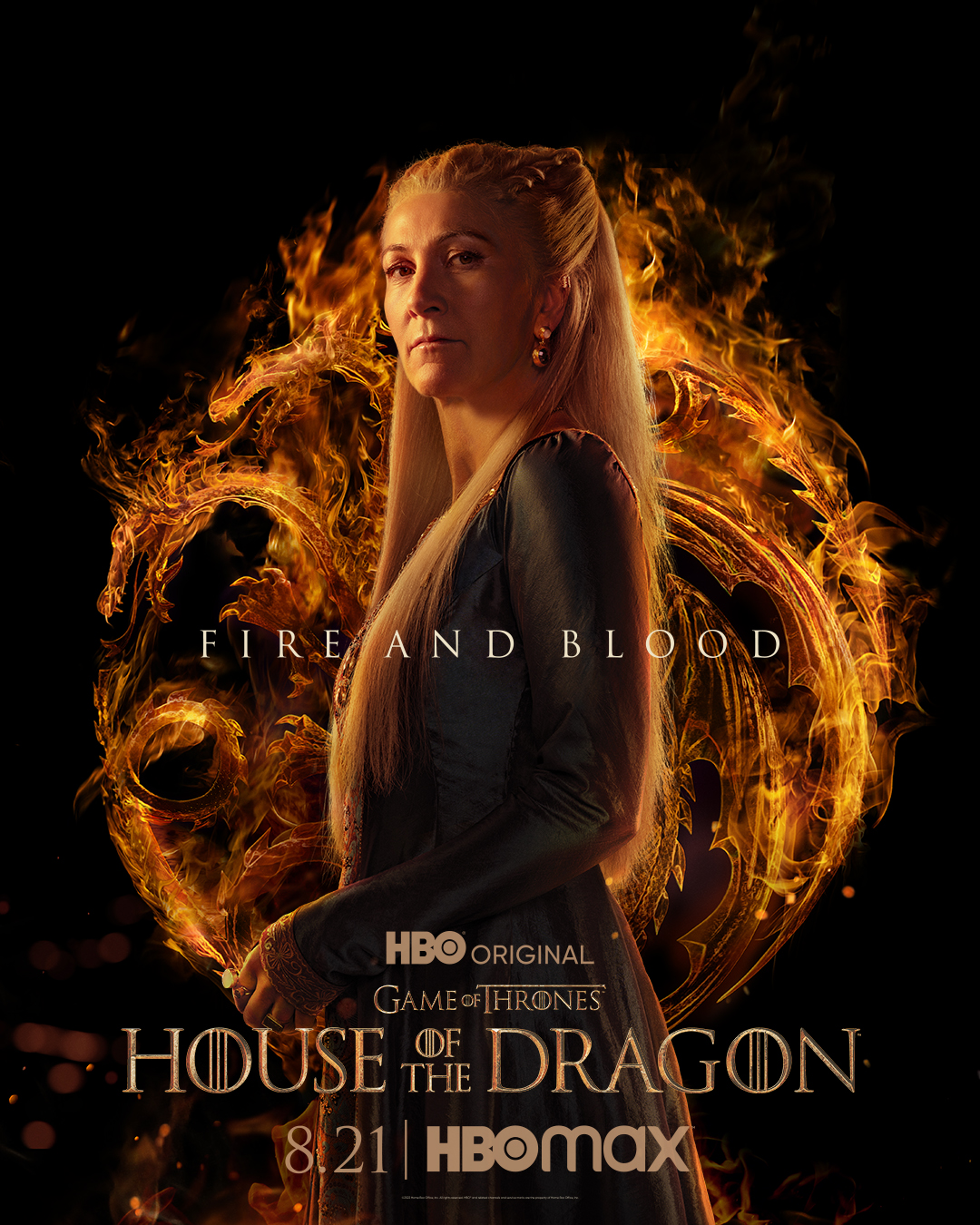
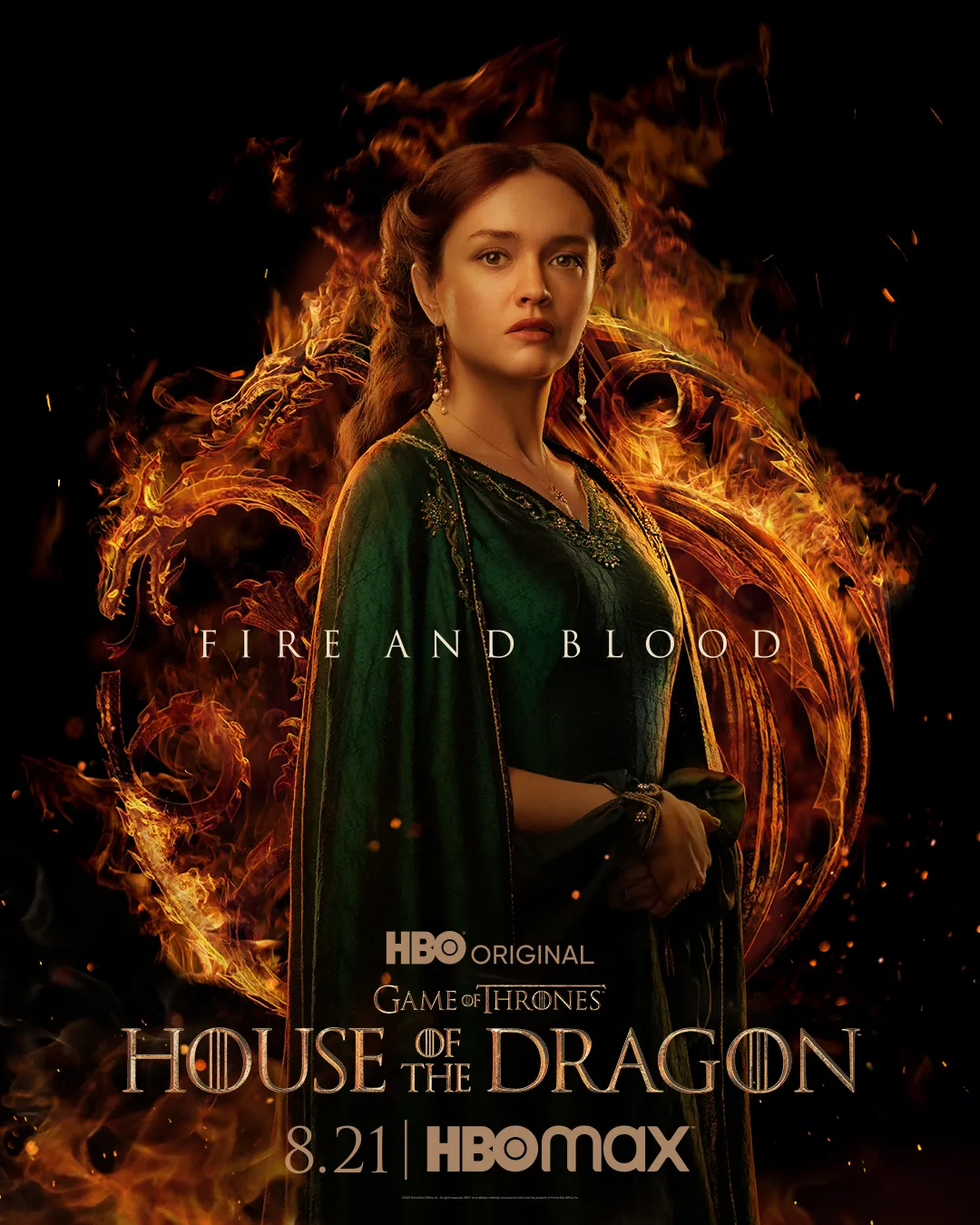
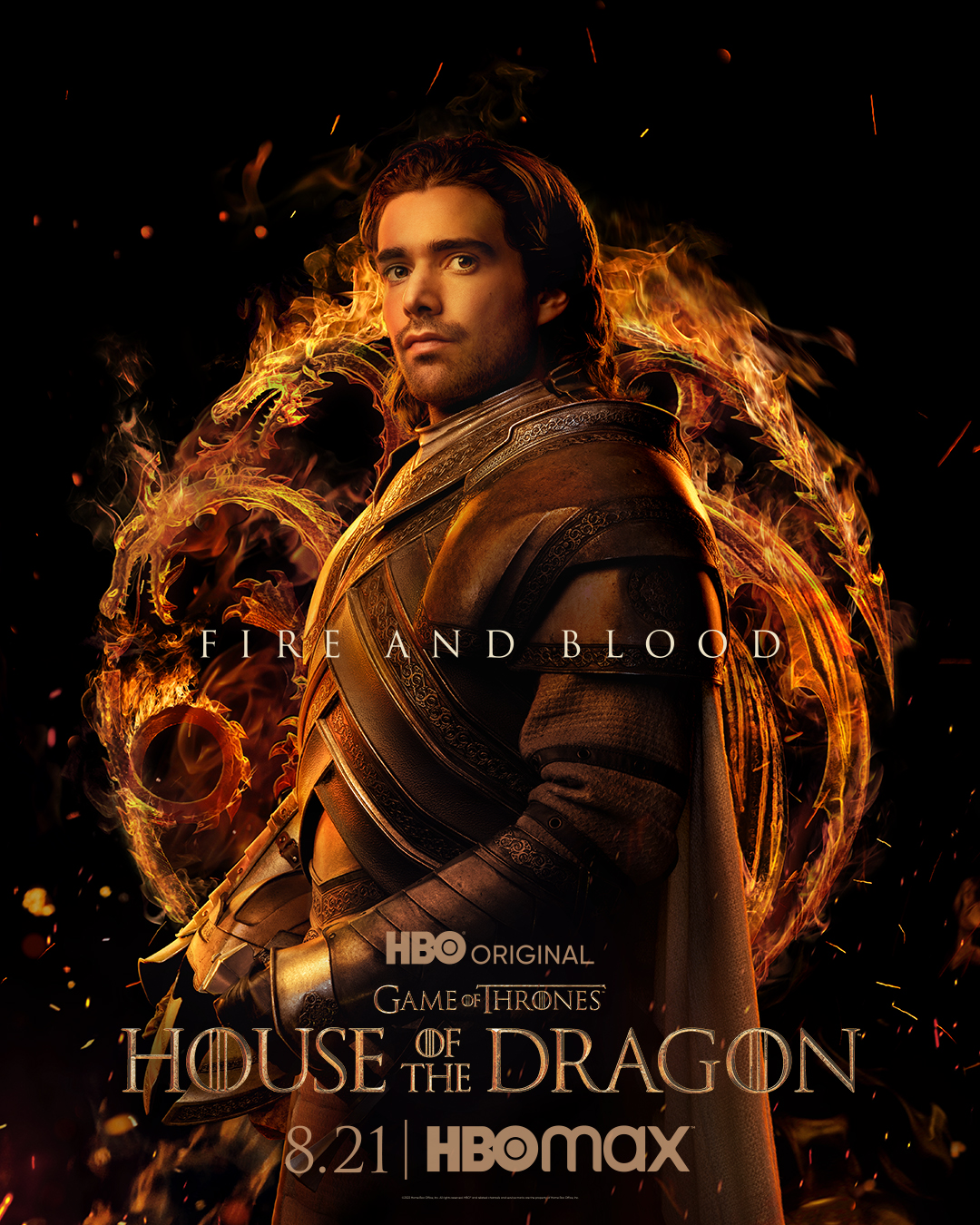


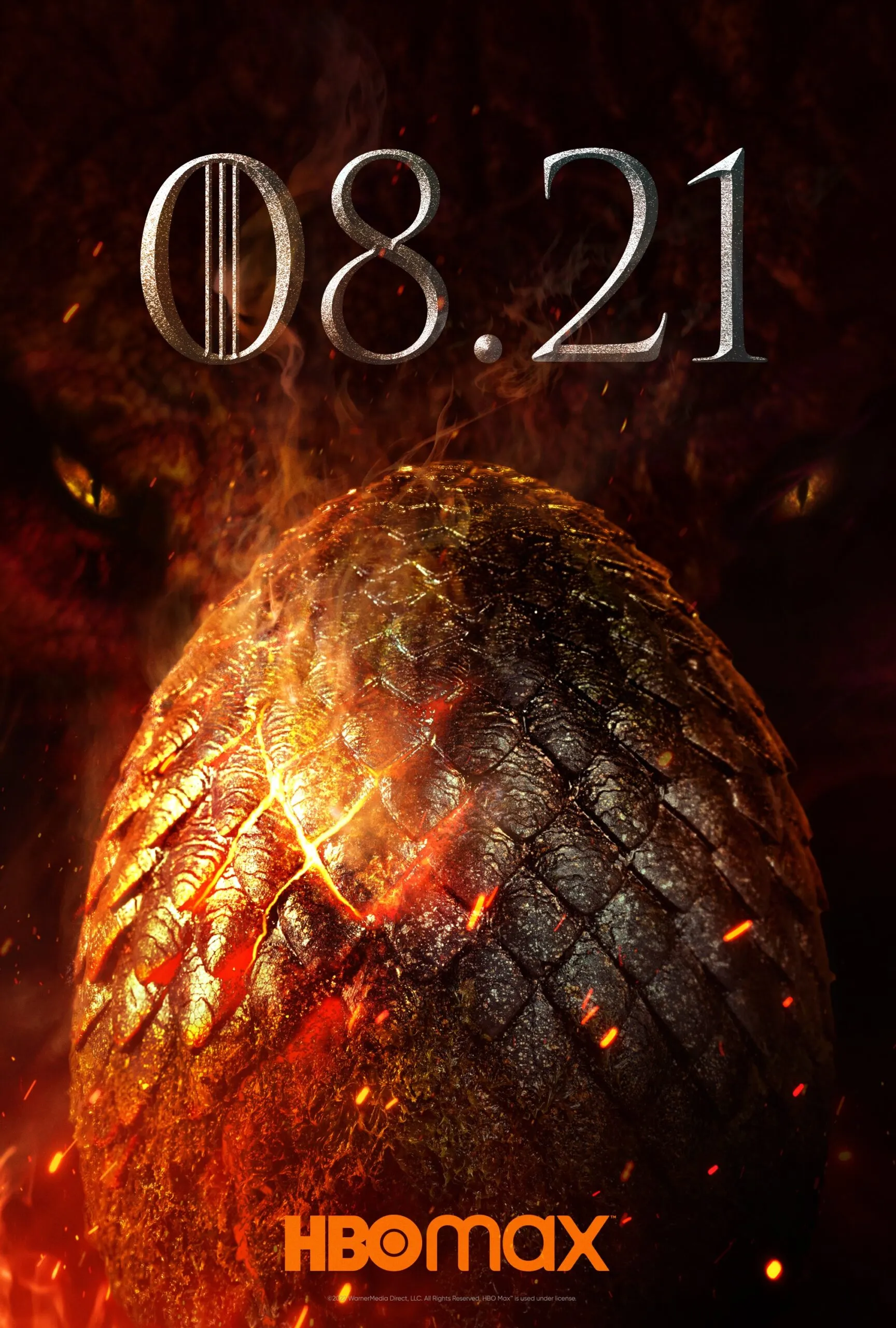
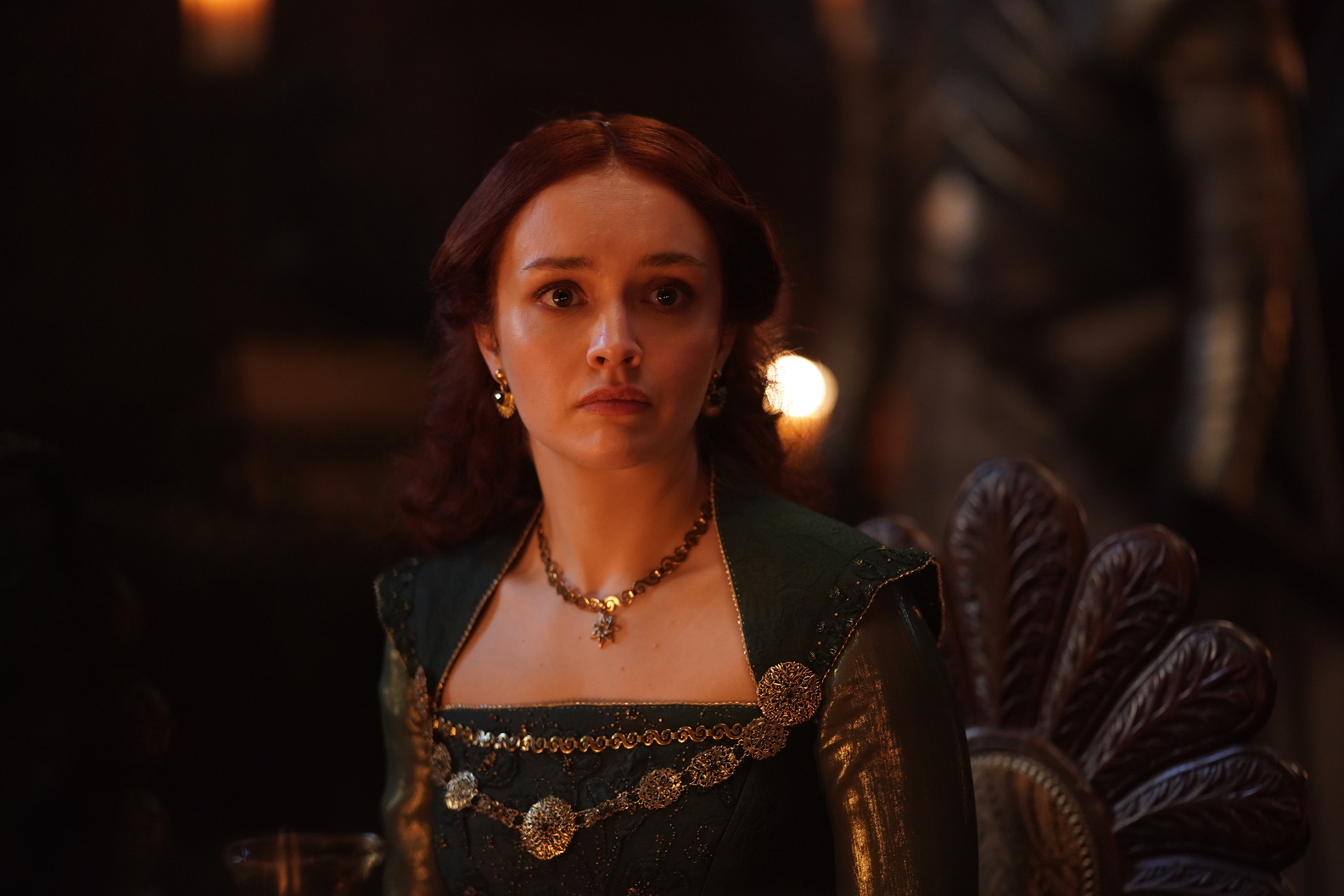
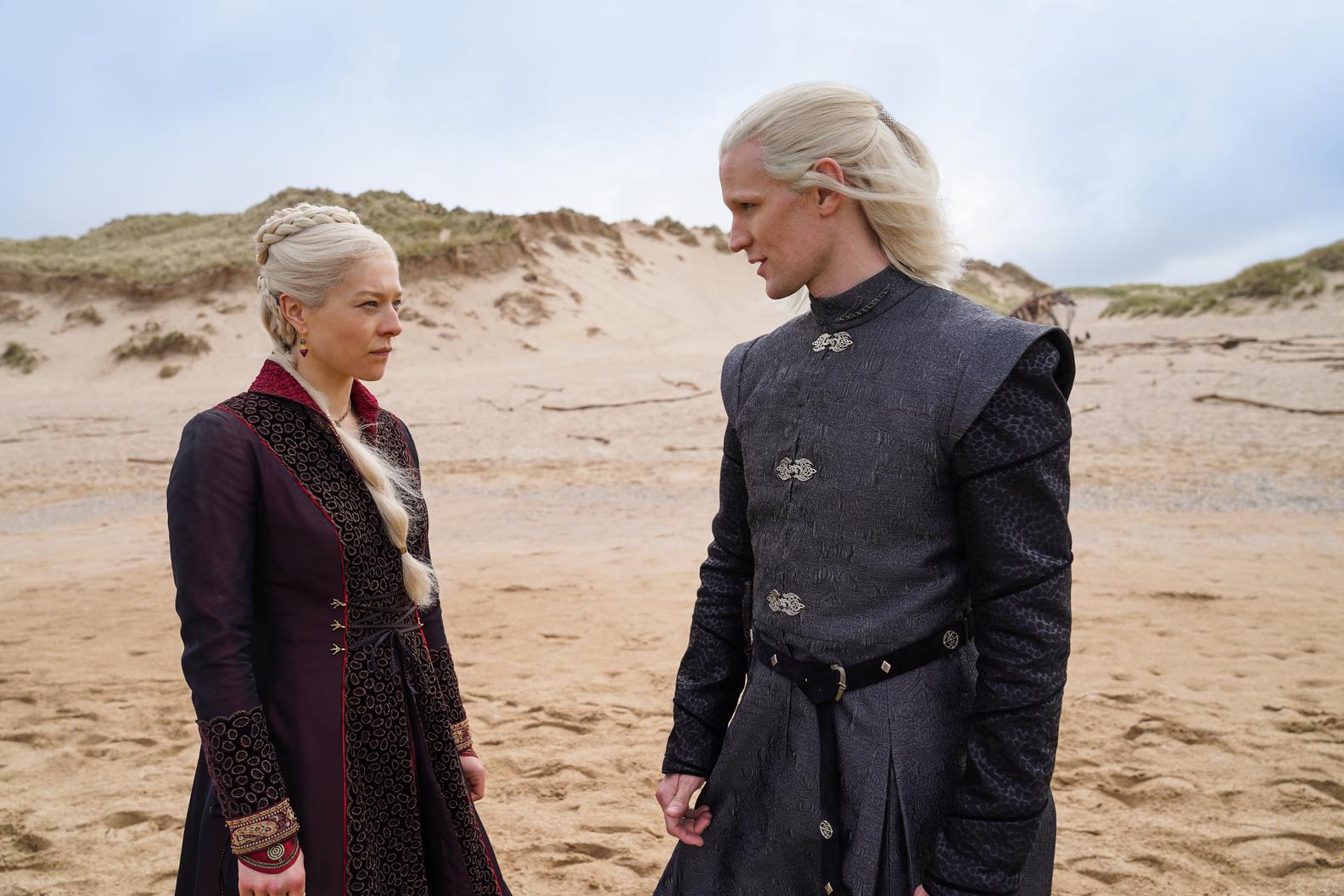
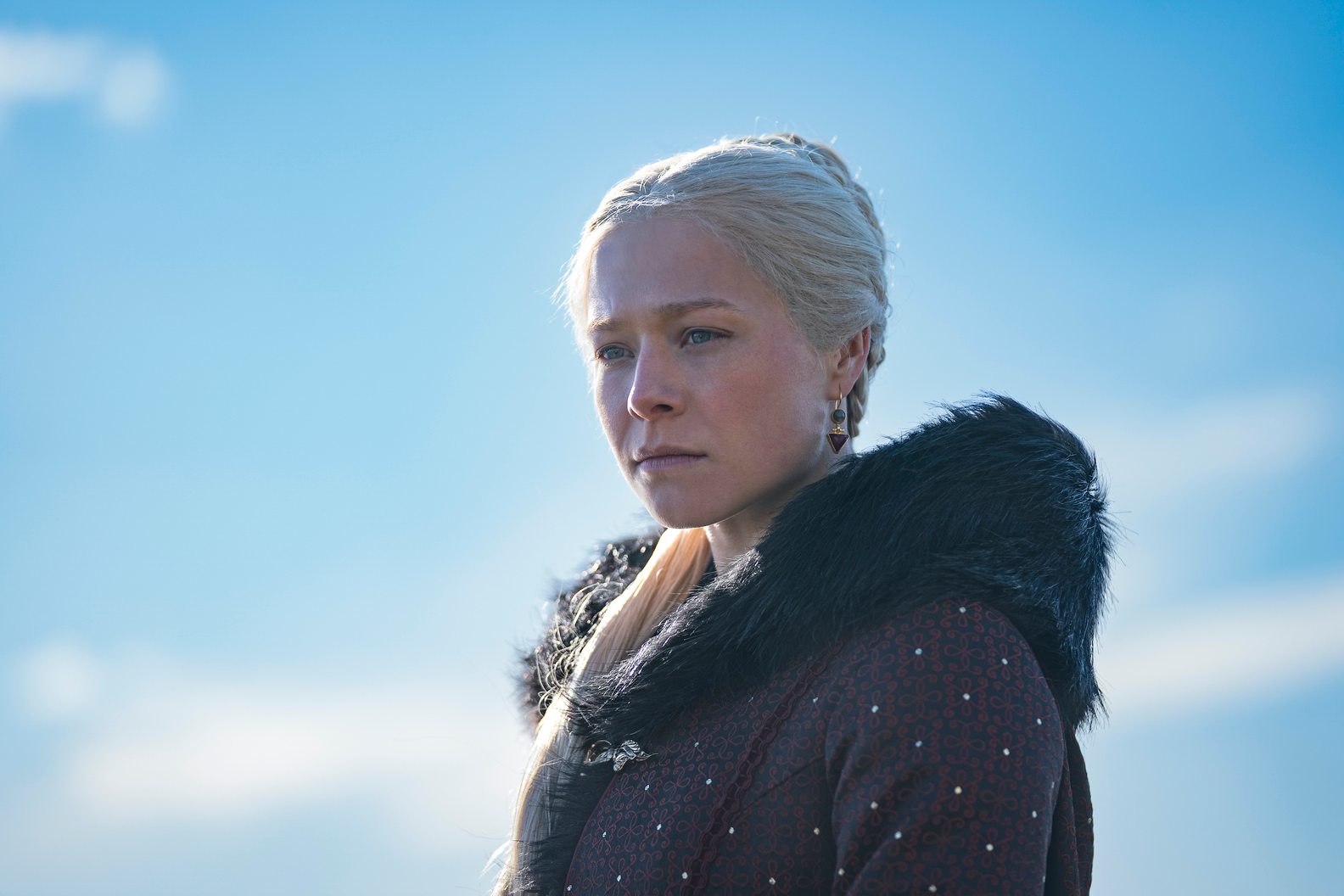
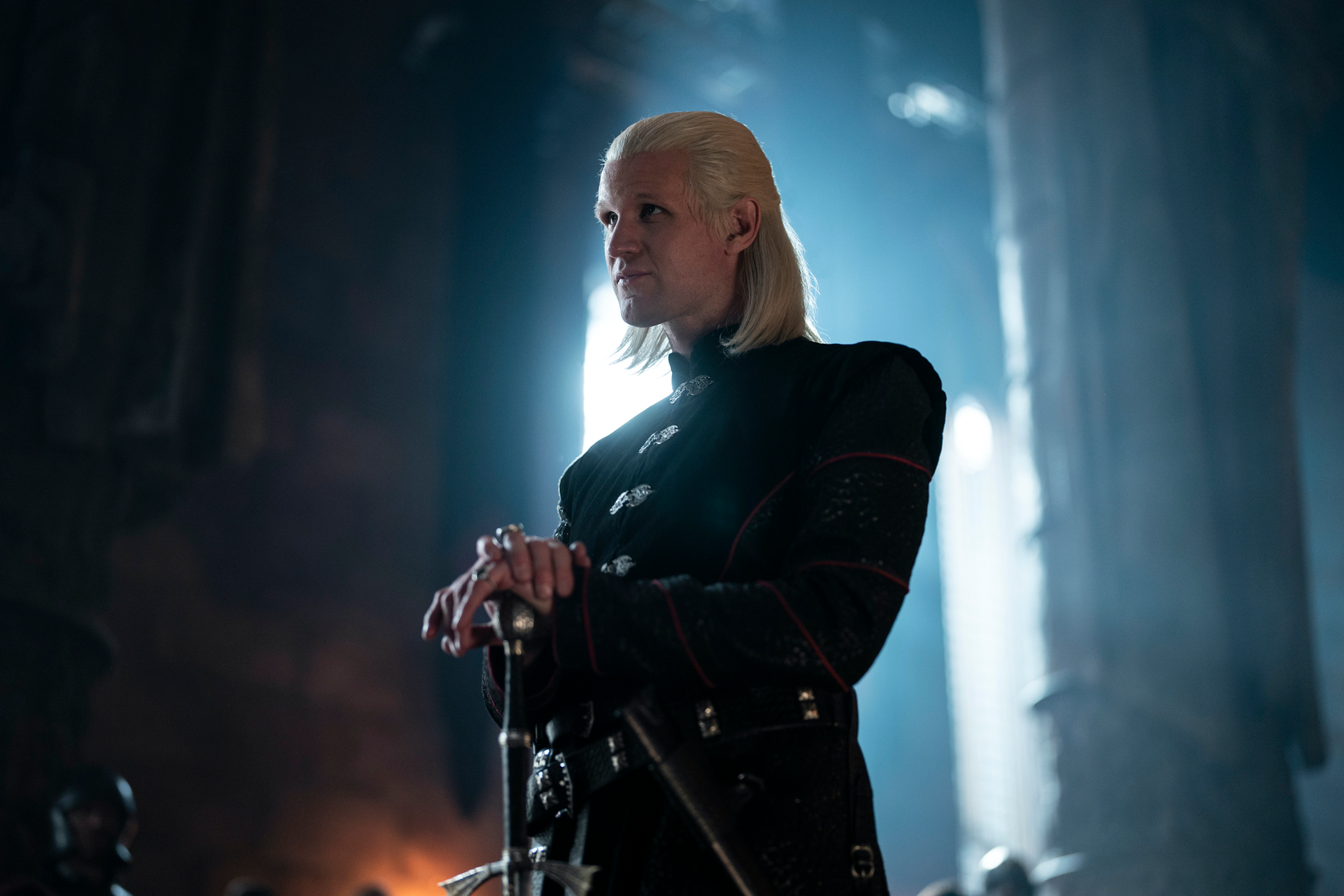
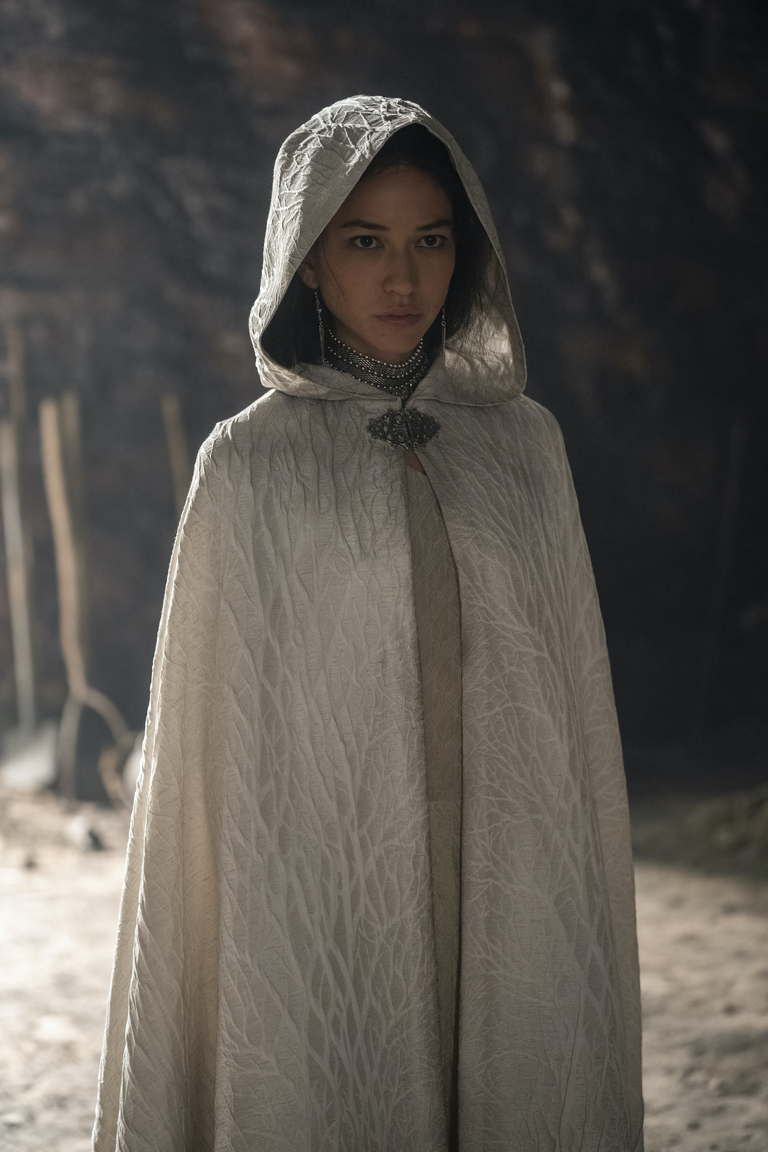
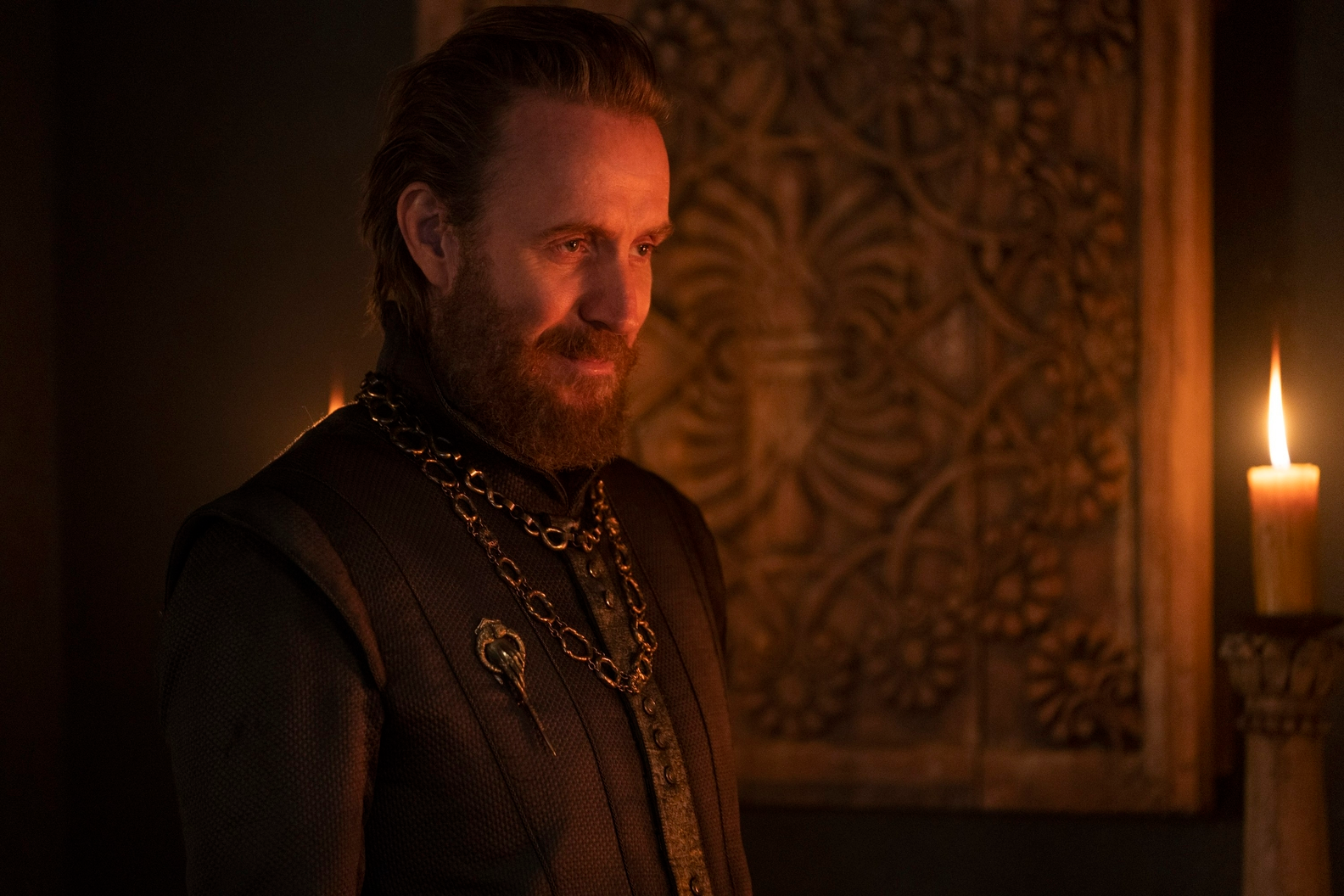
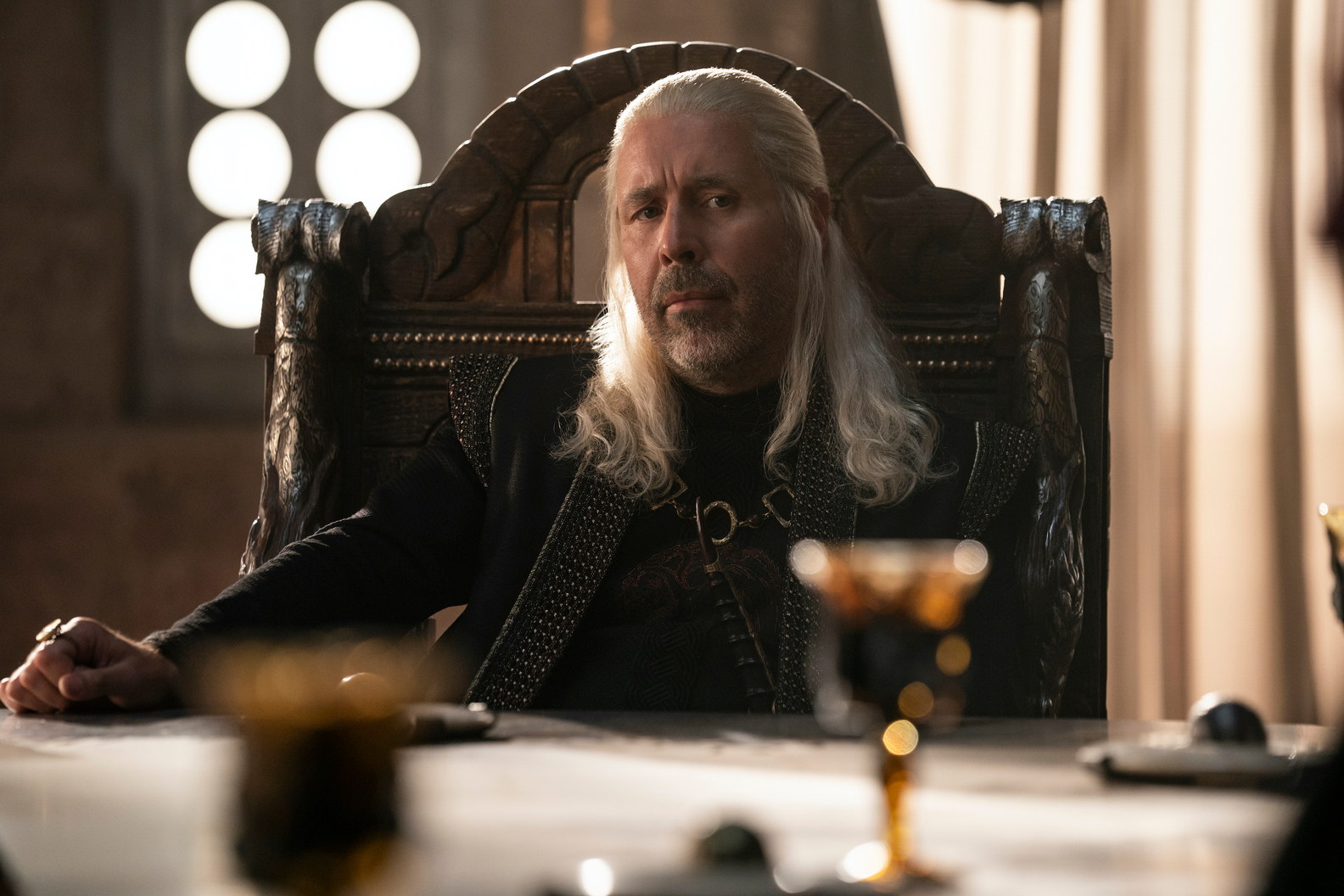
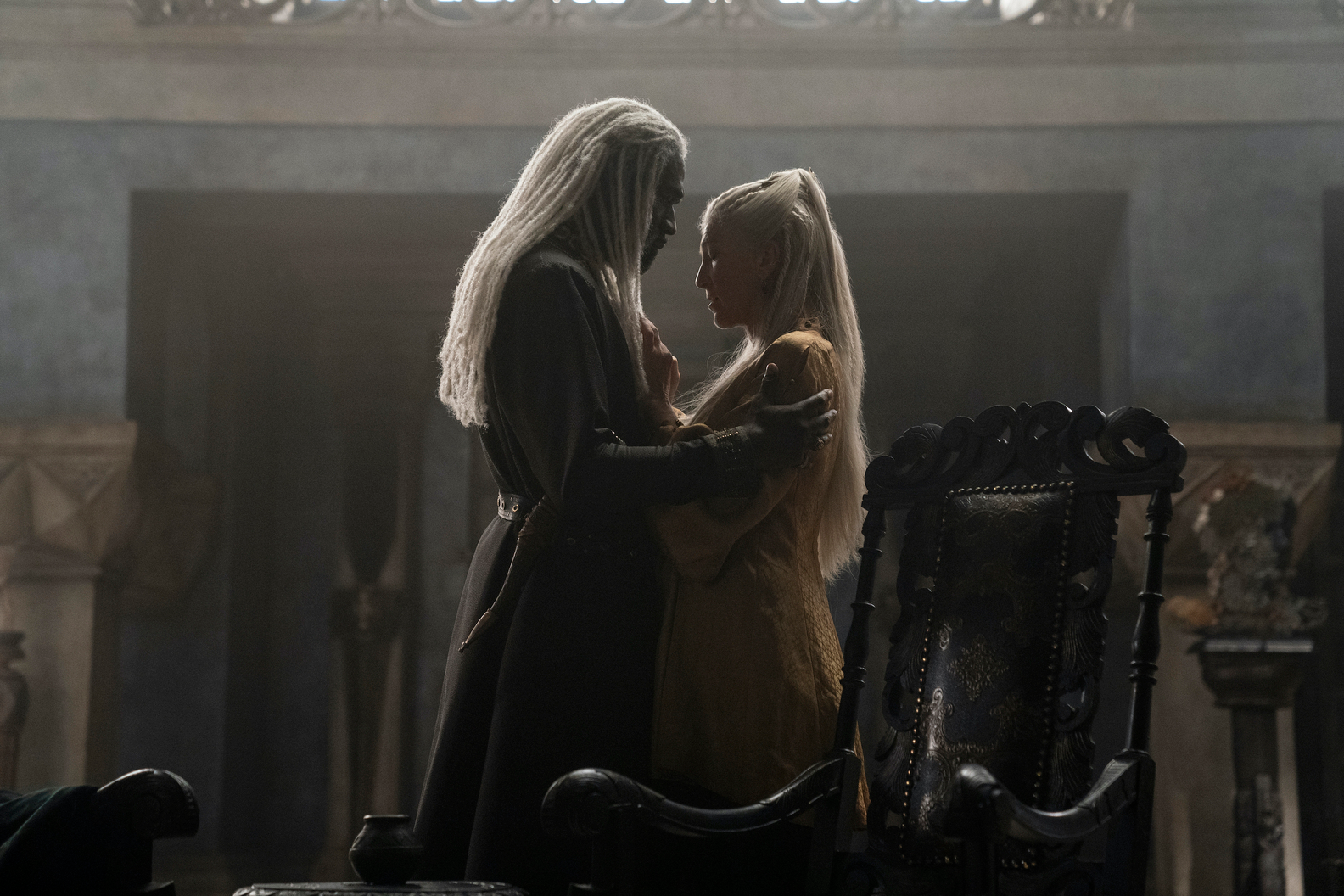


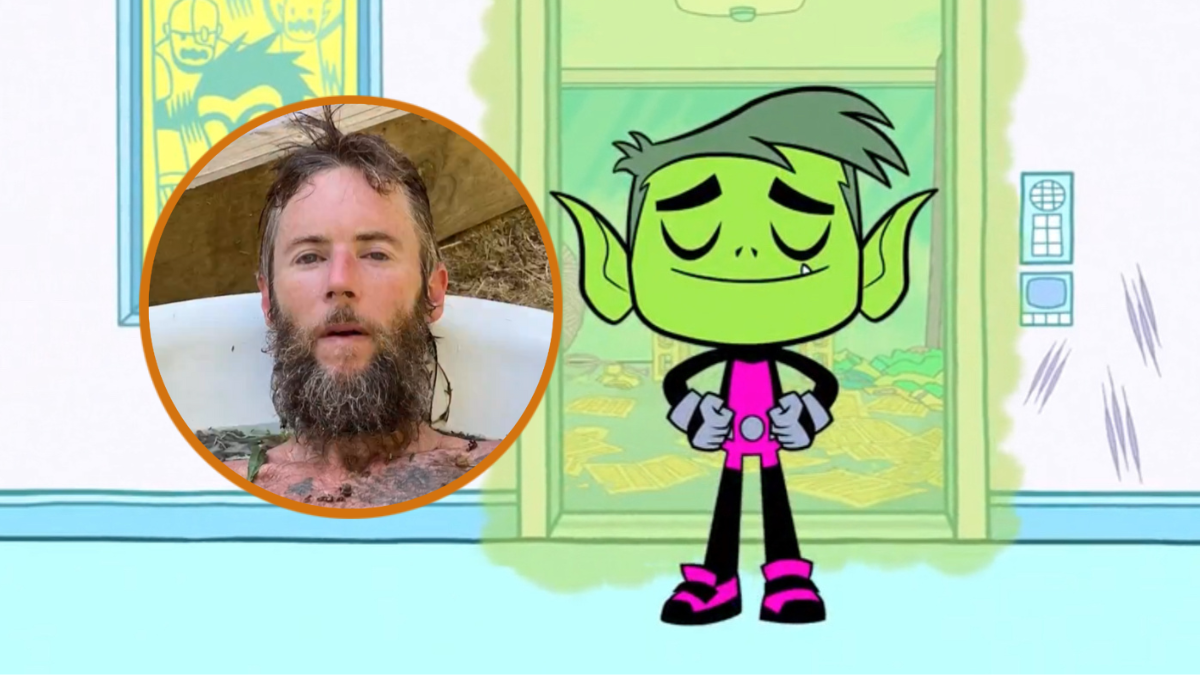





Published: Aug 24, 2022 05:50 am